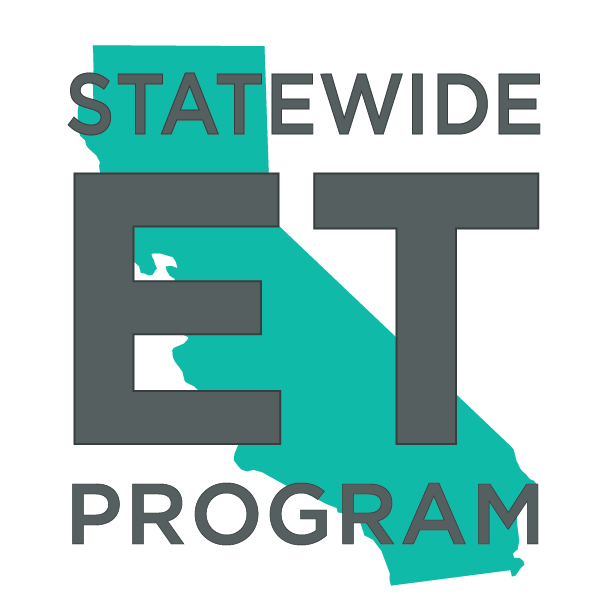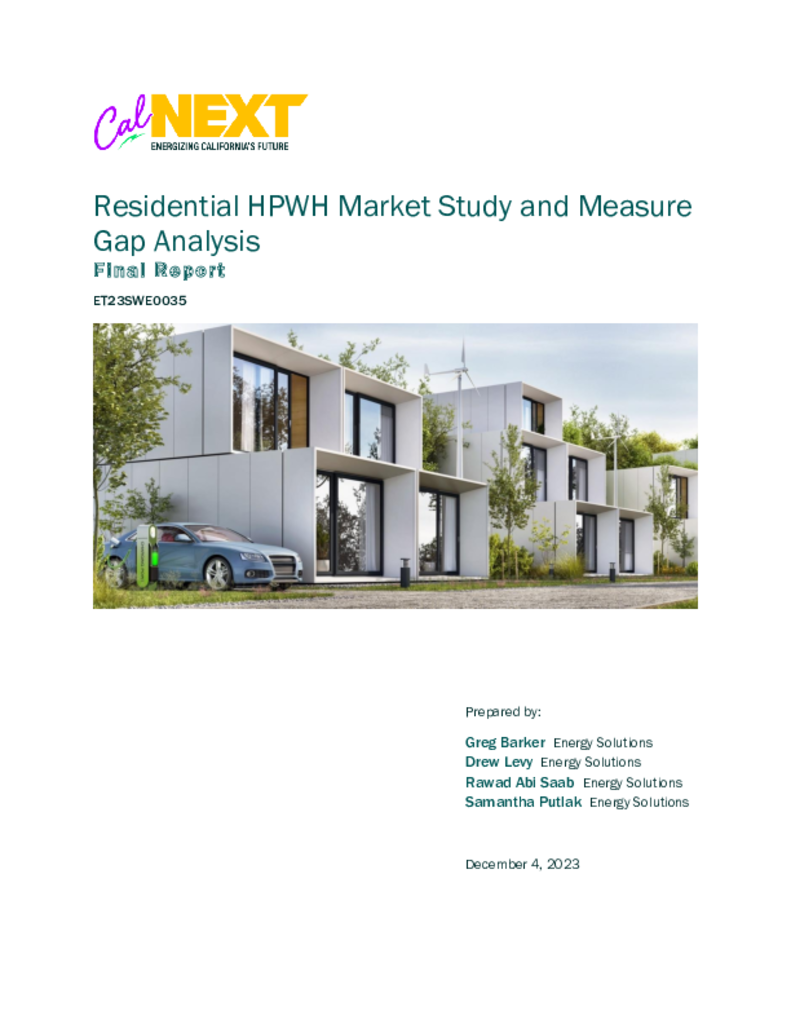ET23SWE0035 - Residential HPWH Market Study and Measure Gap Analysis
This project will analyze the current CA eTRM measure packages for residential Heat Pump Water Heaters (HPWH) based on market and product data to identify gaps and recommend enhancements to the measure offerings. The final report will be delivered to the California Technical Forum and other eTRM stakeholders for consideration of measure package enhancements with the goal of improving HPWH measure options for energy efficiency programs.
The current measure packages for HPWH are based on limited information, necessarily so because market penetration for these products has been well below 1% and so fuller market data has been impossible. Limitations that make certain HPWH replacements ineligible or outside the savings and load shape analysis of the measure package include installations with mixing valves or demand control connectivity, or units where the tank size has been increased to compensate for lower heating power.
HPWH product offerings from manufacturers have evolved quickly. Recently, 120V products have entered the market, and many more HPWH offerings have become available. Both the California market and available installation data have been undergoing significant changes; new products have captured attention, and the TECH program has funded efforts at promotion, supply chain awareness and training, product cost and use data at scale, as well as an array of new market approaches to HPWH. The market will likely continue to evolve rapidly as the Self-Generation Incentive Program (SGIP) takes a significant funding role and adds requirements for CTA-2045 controls.
The market conditions and the TECH data make an analysis of the current measure packages possible and useful with the goal of an eTRM that covers the popular use cases (such as tank size changes) and benefits (such as demand flexibility). This is an evolving energy efficiency program implementation area; CalNEXT’s suggestions for the portfolio should include scenarios where EE portfolio administrators promote comprehensive residential energy efficiency and decarbonization measures including HPWH.
This project will study current gaps and provide the Cal TF and California IOUs with recommendations for addressing them. Aspects of the HPWH to be considered include base case fuels, measure case uniform energy factor (UEF), base case tank capacity and tank capacity increases, mixing valves, and CTA-2045 controls and their impact on load shapes and demand flexibility.
The study will start by gathering data from TECH, SGIP, installers, and the supply chain. Available data will be described in a Preliminary Findings Report. Written analyses from the TECH program relevant to the eTRM, such as installation cost issues or impacts to DAC/HTR customers, will be summarized for their impact of EE programs. Data will be analyzed to highlight trends for residential HPWH and identify the importance of installation types that are and are not covered by the current measure packages. These findings will be described in Draft and Final Reports, along with recommendations for the HPWH measure packages and a summary of HPWH data sources.

